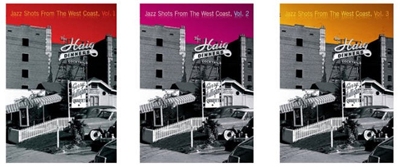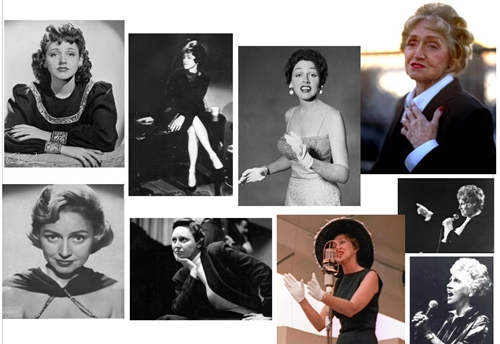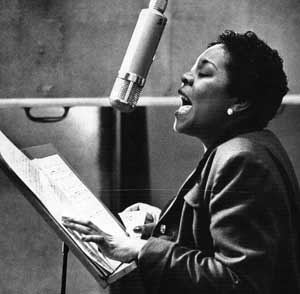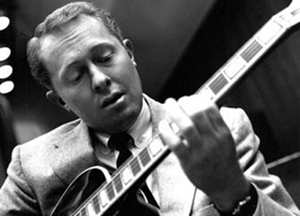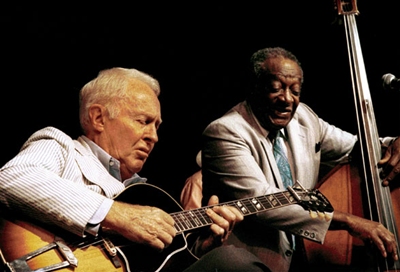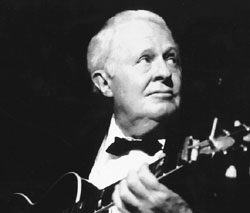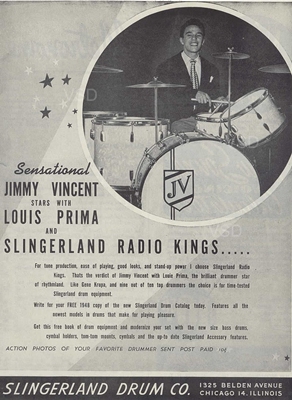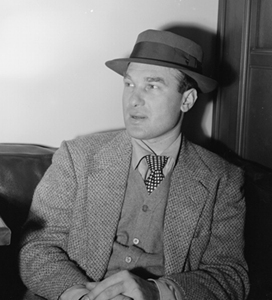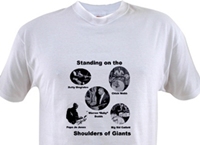While early adopters such as Vic Berton and George Lawrence Stone began codifying the vocabulary and technique, it was Papa Jo Jones who dramatically raised the bar with his approach to brush playing. Papa Jo's technique is the foundation of modern brush playing. Big Sid Catlett was another notable pioneer who influenced the art (see World's Greatest Drummers: My Short List).
The early years of brush playing are meticulously documented by Gerry Paton in an article he wrote titled, Never Swat a Fly! (the origins of brush playing in jazz). This article is on Mr. Paton's excellent web site devoted to brush playing, Brush Beat, and is but one of a growing collection of articles about brush history, tips and techniques.
I won't dwell too much on Mr. Paton's site in this post because I have written a more in-depth review of it in For Brush Players: A New Site.
While there were literally hundreds of outstanding brush players who came after Papa Jo Jones and Big Sid Catlett - including the likes of Max Roach, Kenny Clarke and Philly Joe Jones - I personally draw my inspiration from a handful whose playing touches my soul. I'll start with Joe Morello. His work with the Dave Brubeck Quartet grabbed me in the early 1960s when I was starting out, and he has been one of my main influences since. While most drummers will recommend the seminal album, Time Out, for Morello at his best I prefer The Essential Dave Brubeck. That album contains most of the songs on Time Out and many more. Note that Joe Morello isn't the only drummer on the album, but his style can easily be picked out, and there are many tracks on it with outstanding examples of brushwork. As a side note, Joe Dodge, the drummer Morello replaced in the quartet, is also featured and his brush playing is excellent.
Although not a well known name among younger drummers, Vernel Fournier influenced a generation of jazz drummers with his exquisite brush work, and is among the great all time brush masters. His work with Ahmed Jamal is showcased in Live at the Pershing Lounge 1958 and in Cross Country Tour: 1958-1961.
The drummer who took brush playing to another level in the 1950s and 1960s, and remains a major influence to this day, was the late, great Ed Thigpen. His work with the Oscar Peterson Trio between 1959 and 1965 is essential listening for anyone who aspires to mastering brush playing. Two albums I highly recommend from those years are Cole Porter Songbook by the Oscar Peterson Trio and Night Train.
Not to diminish the importance or contributions to the art by contemporary brush masters, such as Steve Smith and Clayton Cameron, the one drummer who most inspires me today (in a musical setting) is Jeff Hamilton. His credentials are above reproach as evidenced by the fact that he has played with Ray Brown, Oscar Peterson and other giants in Jazz. A good representation of his work can be found on selected albums by Diana Krall. I recommend When I Look in Your Eyes and Live in Paris (also grab the DVD of that performance.)
This post is focused on musical examples of great brush playing, and a bit of historical context. If you are interested in improving your brush technique see More on Brush Playing.


